RIMPAC a success at helping promote China-US military ties
Updated: 2014-08-04 06:54
By Chen Weihua(China Daily USA)
|
||||||||
It may well be a coincidence, but the 2014 Rim of the Pacific exercise (RIMPAC) ended last Friday, Aug 1, which was also the 87th anniversary of the founding of the Chinese People's Liberation Army.
It was the first time China had ever participated in RIMPAC since it was launched in 1971 during the height of the Cold War. China sent four ships and some 1,100 personnel — the second-largest representation after only the host nation US. China's four ships were missile destroyer Haikou, missile frigate Yueyang, supply ship Qiandaohu and hospital ship Peace Ark.
In total, 22 nations, with 49 surface ships, six submarines, more than 200 aircraft and 25,000 personnel took part in the world's largest naval drills in and around the Hawaiian Islands and Southern California.
Unlike during the Cold War days, the US has described RIMPAC as designed to enhance cooperation of the combined forces and improve individual war fighting competencies. Kenneth Floyd, commander of the US Third Fleet who led this year's RIMPAC, said the relationships forged in the drills span oceans and years.
"RIMPAC is a unique opportunity for us to get to know each other, to train together, and provide some level of trust when we are out on the high seas together in the future. It is the only exercise that can do so to this scale," Floyd was quoted in a Pentagon press release on Saturday.
The training included amphibious operations, gunnery, missile, anti-submarine, and air defense exercises, as well as drills in military medicine, humanitarian assistance and disaster response, counter-piracy, mine clearance, explosive ordinance disposal and diving and salvage.
Despite the restrictions of the US National Defense Authorization Act, the participating Chinese fleet conducted many exchanges with counterparts from both the US and other nations. That was especially true for Peace Ark, which had extensive military medicine exchanges, personnel exchange, and medical evacuation and mass casualty training with US Navy hospital ship Mercy and military medical officers from other nations. Peace Ark and Mercy were the first hospital ships ever to attend a RIMPAC.
Besides China, it was also the first time for Brunei to participate in RIMPAC. And it was the first time for India, Indonesia, Norway and Colombia to send ships to RIMPAC.
Lai Minghe, the political commissar of the PLA Navy participating fleet, told reporters that a series of exchanges conducted by the Chinese fleet have helped let the world better know China's best wishes for peace, friendship and deepened cooperation. "It has also helped promote the good image of PLA officers and soldiers," he said.
The Chinese fleet was well received by other participating navies, the American public, overseas Chinese and the news media. On the opening day, July 5, PLA Navy missile destroyer Haikou and Peace Ark welcomed more than 2,100 visitors aboard, according to Lai.
While military-to-military exchange has long lagged behind other dimensions of the bilateral relationship between China and the US, both sides have taken active steps to improve the situation in the past two years.
This is reflected in the increasing exchanges of high-level military visits. In the first half of this year, PLA Chief of General Staff Fang Fenghui visited the US, while US Defense Secretary Chuck Hagel, Chief of the US Army General Raymond Odierno and Chief of US Naval Operations Admiral Jonathan Greenert went to China. That is in addition to the several high-level military visits in the previous year.
"Such exchange between soldiers and military leaders will help improve mutual understanding and mutual trust, expand common ground, reduce misjudgment, promote a sound and stable growth of a new model of military-to-military relationship between our two great countries," Cui Tiankai, Chinese ambassador to the US, told some 500 guests, including senior Pentagon officials and US military officers, at a reception last Thursday in the Chinese embassy in Washington to mark the PLA's 87th anniversary.
Cui said China is committed to a healthy and stable relationship with the US, which he described as being in the fundamental interest of the two countries and their peoples.
China's first participation in RIMPAC has been hailed both in China and the US as a positive and important step forward. But clearly there is a long way to go before the two militaries, or the two countries, truly build trust in each other's strategic intentions, which is something vital to avoid miscalculations and misjudgment.
Continued US arms sales to Taiwan, its frequent military surveillance off China's coast and several Congressional laws limiting military exchanges with China are cited by some in China as major obstacles in such endeavors, while the US has expressed concerns over China's increased military spending and the tensions between China and several of its neighbors in the South and East China seas.
Contact the writer at chenweihua@chinadailyusa.com.
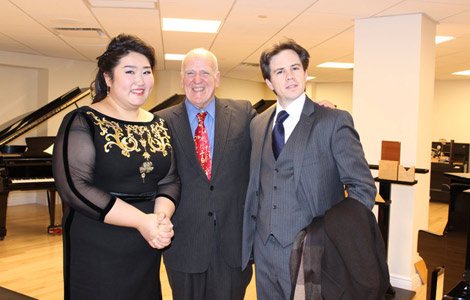
 Music at her fingers
Music at her fingers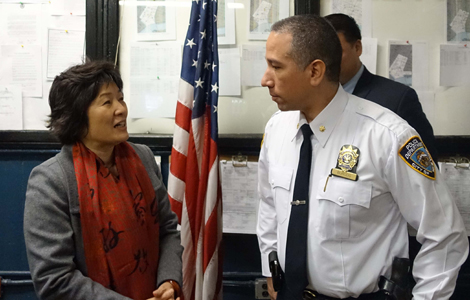
 Across America Over the Week (Jan 16 - Jan 22)
Across America Over the Week (Jan 16 - Jan 22)
 Spend Chinese New Year in style
Spend Chinese New Year in style
 Ili river valley becomes a popular destination for swans
Ili river valley becomes a popular destination for swans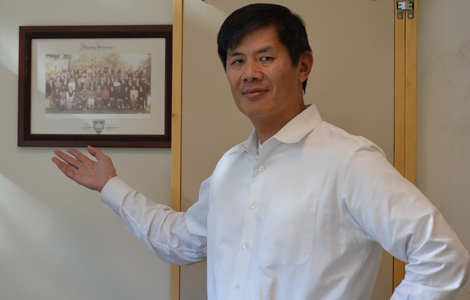
 Philip Ma: from scientist to businessman
Philip Ma: from scientist to businessman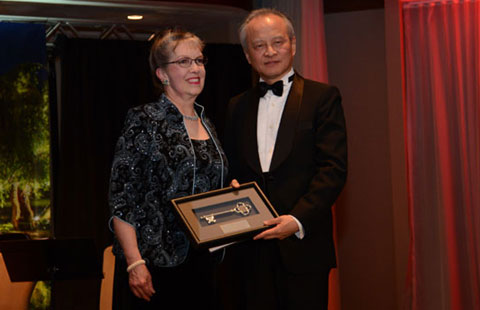
 Birmingham's Spotlight on China dinner
Birmingham's Spotlight on China dinner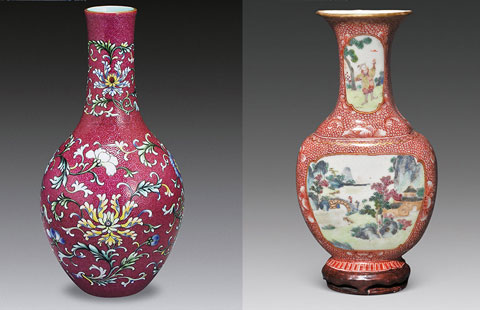
 How to distinguish doucai, wucai, Famille-rose and enamel porcelain
How to distinguish doucai, wucai, Famille-rose and enamel porcelain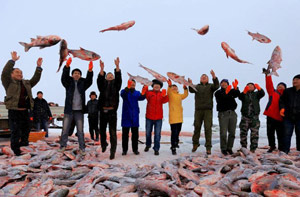
 Xinjiang lake in bumper fishing season
Xinjiang lake in bumper fishing season
Most Viewed
Editor's Picks

|

|

|

|

|

|
Today's Top News
Houston's SW Chinatown
China to focus on reforms, opening of capital market
Slowdown brings new risks to banks
Trade group calls for BIT
Market status for China is 'political' issue
Birmingham's Spotlight on China dinner
Bank takes renminbi-clearing seriously
Traditional Garb
US Weekly

|

|







